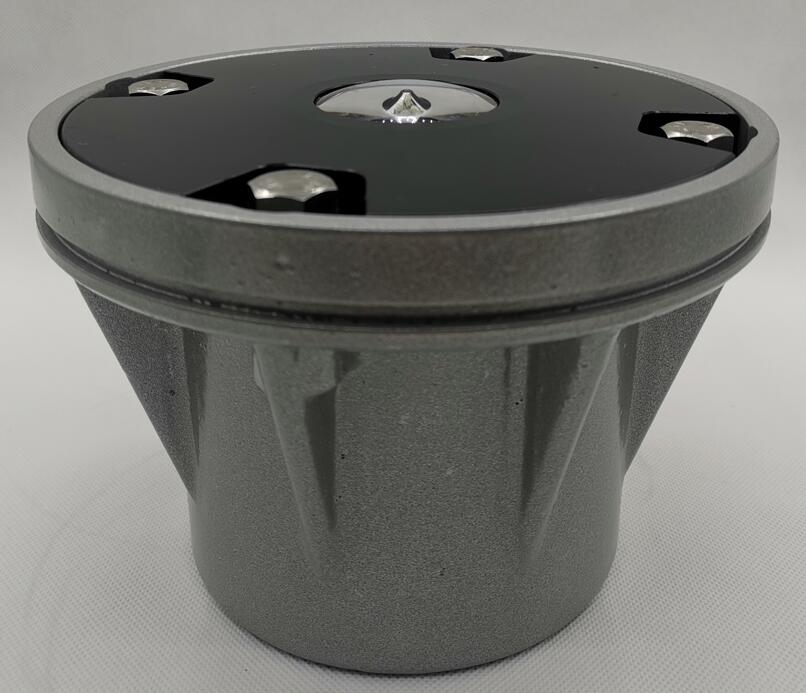Helipad Lights: The Critical Role of Illumination in Safe Helicopter Operations
Helicopter landings and takeoffs require precision, especially in low-light or adverse weather conditions. Helipad lights serve as essential visual aids, guiding pilots to safe landing zones on rooftops, hospitals, offshore platforms, and remote sites. These lighting systems ensure visibility, reduce the risk of accidents, and comply with stringent aviation regulations.
As technology advances, modern helipad lights have evolved from basic incandescent fixtures to energy-efficient LED solutions with enhanced durability and smart controls. This article explores the significance of helipad lights, their types, technological advancements, and their impact on aviation safety.
Why Helipad Lights Are Indispensable
Helicopters often operate in challenging environments, including urban areas, mountainous regions, and offshore locations. Unlike traditional runways, helipads are smaller and require precise navigation. Helipad lights provide critical visual cues, helping pilots identify landing zones, assess approach angles, and avoid obstacles.

Key functions of helipad lights include:
Perimeter Lighting: Defines the landing area’s boundaries.
| helipad lights |
Touchdown Lights: Marks the safe landing zone.
Obstruction Lighting: Highlights nearby hazards such as antennas or buildings.
Approach Path Indicators: Guides pilots during descent.
| helipad light |
Without proper illumination, nighttime or low-visibility operations would be significantly riskier, increasing the likelihood of accidents.
Types of Helipad Lights
1. LED Helipad Lights
Modern helipad lights predominantly use LED technology due to its efficiency, longevity, and brightness. LEDs provide high-intensity illumination while consuming minimal power, making them ideal for remote or solar-powered installations.
2. Solar-Powered Helipad Lights
For off-grid locations such as disaster relief zones or offshore platforms, solar-powered helipad lights offer a sustainable solution. These systems store energy during the day and automatically activate at dusk, ensuring continuous operation without external power sources.
3. Elevated vs. Flush-Mounted Lights
Elevated Lights: Installed above the helipad surface, these are highly visible from the air but may require additional obstacle markings.
Flush-Mounted Lights: Embedded into the helipad surface, they minimize trip hazards and are ideal for high-traffic areas like hospital rooftops.
4. Emergency & Portable Helipad Lights
Temporary landing zones, such as those used in search-and-rescue missions, rely on portable helipad lights. These battery-operated or solar-powered systems can be quickly deployed in emergencies.
Key Features of Modern Helipad Lighting Systems
1. High Visibility & Glare Reduction
Effective helipad lights must be bright enough for pilots to see from a distance but without causing glare that could impair vision. Advanced optics and diffusers ensure optimal visibility without blinding the pilot.
2. Weather Resistance & Durability
Helipads are exposed to harsh conditions, including heavy rain, snow, and saltwater corrosion. High-quality helipad lights are built with rugged materials such as marine-grade aluminum and polycarbonate lenses to withstand extreme environments.
3. Smart Controls & Automation
Many modern helipad lights feature:
Auto-Dimming: Adjusts brightness based on ambient light.
Remote Monitoring: Allows operators to check system status in real time.
Fail-Safe Mechanisms: Ensures lights remain operational even during power outages.
4. Regulatory Compliance
Helipad lights must meet standards set by aviation authorities such as the Federal Aviation Administration (FAA) and the International Civil Aviation Organization (ICAO). These regulations specify light intensity, color (typically white, green, or red), and flash patterns to ensure uniformity across landing sites.
Applications of Helipad Lights
1. Hospital Helipads
Medical helicopters require reliable lighting for rapid patient transfers, especially at night. Helipad lights on hospital rooftops ensure safe landings during critical emergencies.
2. Offshore & Marine Helipads
Oil rigs, ships, and coastal rescue stations use corrosion-resistant helipad lights to guide helicopters in foggy or stormy conditions.
3. Urban & High-Rise Helipads
Skyscrapers with rooftop helipads depend on lighting systems to prevent collisions with nearby structures while facilitating smooth takeoffs and landings.
4. Military & Disaster Response
Military bases and disaster relief teams use portable helipad lights to establish temporary landing zones in remote or unstable environments.
Future Innovations in Helipad Lighting
1. Wireless & IoT-Enabled Systems
Future helipad lights may integrate with air traffic control systems, providing real-time data on weather conditions and aircraft proximity.
2. Enhanced Energy Efficiency
Advancements in solar and battery technology will further reduce the carbon footprint of helipad lighting systems.
3. Augmented Reality (AR) Integration
Pilots may soon use AR overlays that sync with helipad lights, improving spatial awareness during complex landings.
Helipad lights are a cornerstone of aviation safety, enabling precise and secure helicopter operations in diverse environments. With advancements in LED technology, solar power, and smart controls, these lighting systems continue to evolve, offering greater reliability and efficiency.
Whether on a bustling hospital rooftop or a remote offshore platform, helipad lights illuminate the path to safer skies, proving that even the smallest beams of light can make a life-saving difference.
